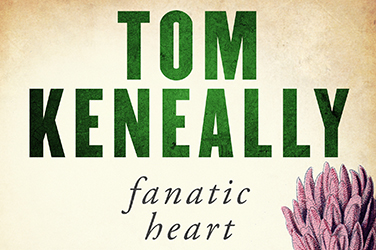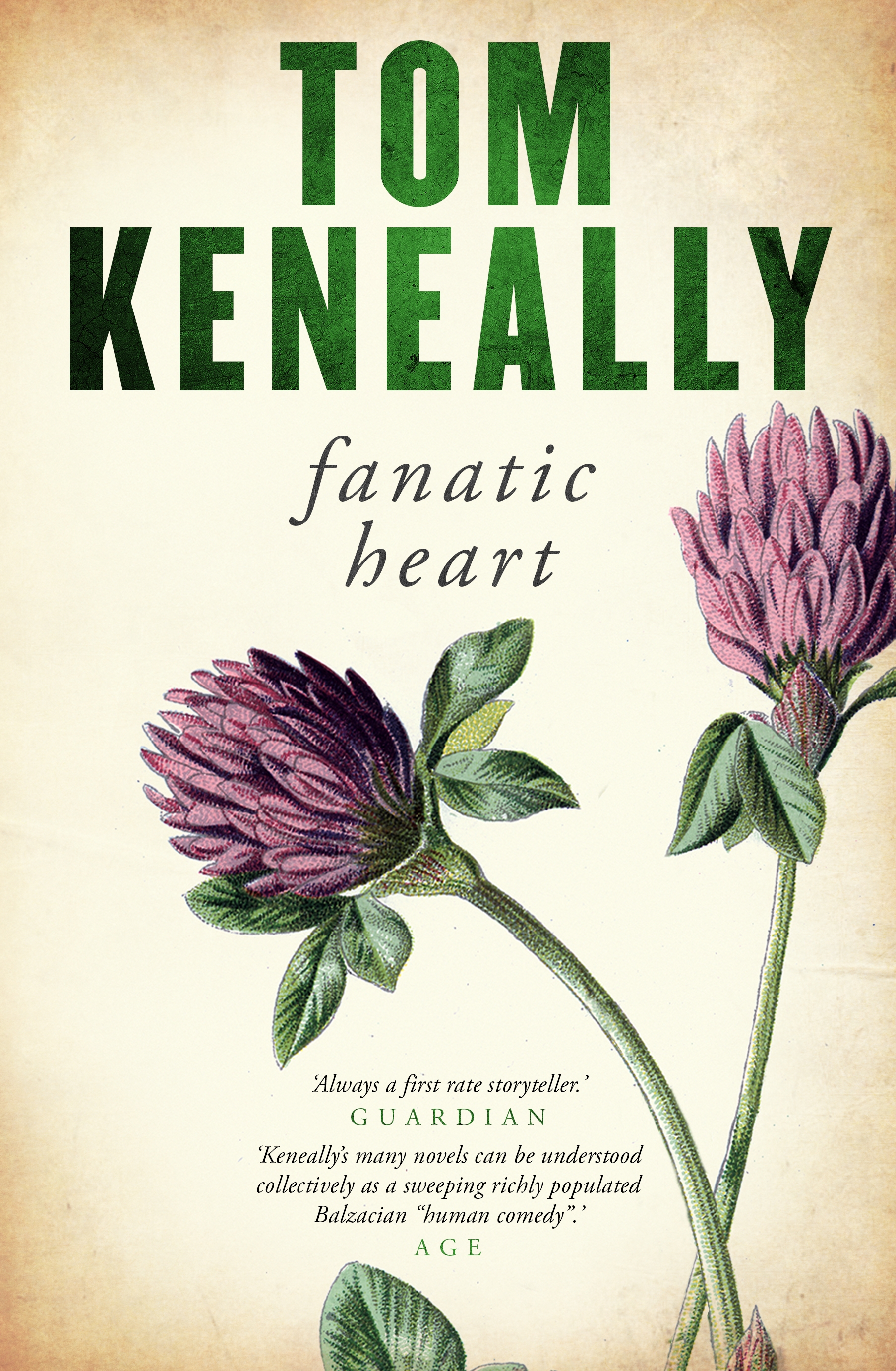
- Free Article: No
- Contents Category: Fiction
- Review Article: Yes
- Article Title: Sublunary soap bubbles
- Article Subtitle: A Young Irelander in Van Diemen’s Land
- Online Only: No
- Custom Highlight Text:
Nobody excoriated England like John Mitchel. He holds his place in the pantheon of Irish nationalism not for his revolutionary heroism but for the power of his rhetoric and his thundering denunciation of British misrule in Ireland, especially in the wake of the catastrophic Famine of 1845–47. Mitchel was the most militant of the separatist Young Irelanders, many of whom ended up in Van Diemen’s Land, transported after the abortive Irish rebellion of 1848.
- Featured Image (400px * 250px):

- Alt Tag (Featured Image): Ronan McDonald reviews 'Fanatic Heart' by Tom Keneally
- Book 1 Title: Fanatic Heart
- Book 1 Biblio: Vintage, $32.99 pb, 453 pp
- Book 1 Cover Small (400 x 600):

Yet that is not so for another aspect of Mitchel that has become more and more unignorable and intolerable in recent years, one that has led to calls to remove his statue in Newry, Northern Ireland. Whatever his championing of Irish freedom, the stark fact is that Mitchel was a convinced racist who argued for the trans-Atlantic slave trade and supported the Confederates in the American Civil War. For years, this side to Mitchel was ignored or excused by Irish nationalist champions of Mitchel, from Arthur Griffith to Éamon de Valera. Keneally, who is attuned to the racial politics of our era, does not try to paper over or justify Mitchel’s position and quotes his most incriminating pieces from The Citizen, the newspaper he established in New York. But this acknowledgment does compromise the coherence of the character as presented in a realist novel like this one. The split between the linear and plausible story told in the novel, and the complexity of the history on which it draws, gapes unignorably.
It is not just that John Mitchel is contradictory or paradoxical. It is more radical and troubled than that, as I think is evidenced in Jail Journal, which draws on many of the same events as Keneally’s novel, and which the author has clearly used as a key source. Jail Journal is generically diverse: it is prison literature, travelogue, and diary, highly personal and self-consciously political, braiding encounters with the new lands and experiences with a feeling of melancholy and disaffection, such that values can appear chimerical. It also has a self-reflexive quality that worries at language and the possibilities of expression, even as it mints new words for people and things. In Van Diemen’s Land, Mitchel is unnerved and tormented by the ‘laughing jackass’ (kookaburra): ‘If one should only let his mind run along the chain of associations linked with the name and the senseless guffaw of this creature where would it stop?’ This work has a proto-modernist quality, in that it shows awareness that the speaking self is not just revealed through language, but constructed by it. When Keneally imagines Mitchel contemplating suicide on board his prison ship, he seems dispassionate and rational, laying out his reasons with fortitude and a sense of calm duty. The corresponding scene in Jail Journal, ‘Suicide, pro and contra’, is far more precarious and contingent, and the rational tone seems mocking, parodic and self-cancelling.
Jail Journal is a classic not just of the Irish nationalist canon but of prison literature as a whole. Its hybrid forms reveal underlying contradictions in Mitchel’s thought and disposition, which betray a mindset both colonial and colonised, shot through with the structures of thought that he seeks to renounce, cursing Britain with a vehemence that stems in part from his own implication in its ideologies. He is remarkably unenlightened by contemporary standards about the punishment that should be doled out to thieves and brigands, and regards with horror the prospect of settling with Australian convicts, though he will later grow fond of the lakes and hills of his new home. We find a less consistent figure here than in Keneally’s novel, more frenetic and more tormented. Moreover, we find passages that anticipate his later opposition to abolition. (Mitchel compares the well-fed slaves he encounters in Brazil to the starving Irish.) Though Keneally narrates Mitchel’s friendship with Thomas Carlyle, it is Mitchel’s own writings that reveal how Carlylean are his own performances and his disdain for moderation.
Notably, Keneally ends his novel before the outbreak of the American Civil War. We don’t witness here Mitchel’s tragic loss of two sons fighting with the Confederates, his own imprisonment by the Union forces (without the acknowledgment of his gentlemanly status as granted by the British), or his failing health and his late return to Ireland, where he died in 1875 as MP for Tipperary. Novelists must shape the mess and multiplicity of life into a story and in the case of historical subjects, historians will often baulk at what is lost in the process. At the same time, something has been gained by Keneally’s placing of Jenny Verner at the centre of Mitchel’s story. The stability afforded by a long-term spousal relationship in a life as eventful as Mitchel’s is perhaps better caught by the novelist’s imagination than by the historian’s craft. It is hard also not to appreciate the insight gained on the subject of enduring partnerships by the octogenarian novelist’s acknowledgment to his own ‘ever-fine primary editor’, Judy Keneally.


Comments powered by CComment